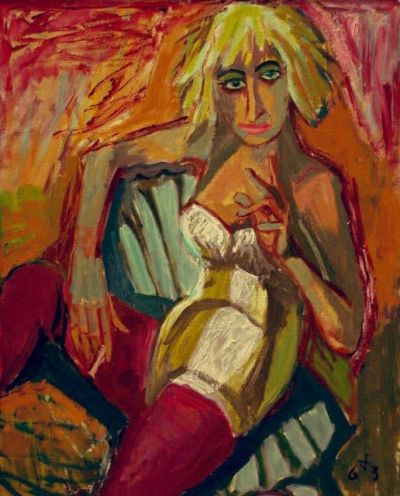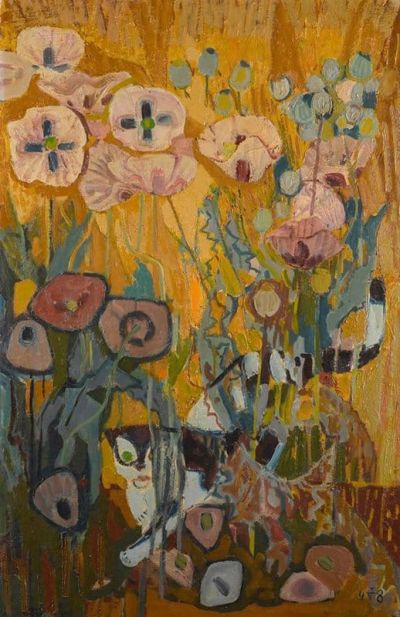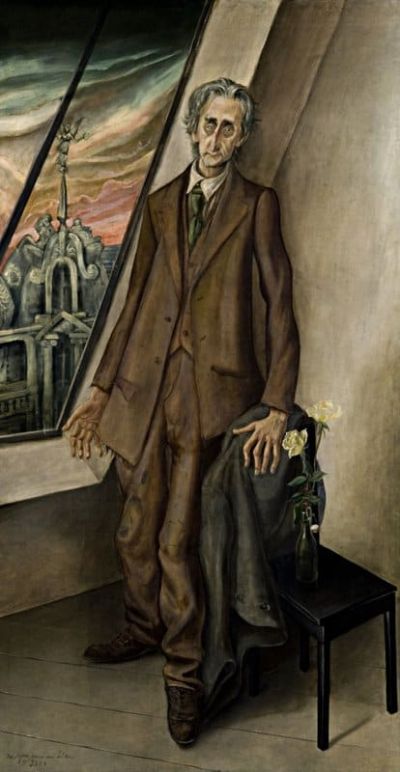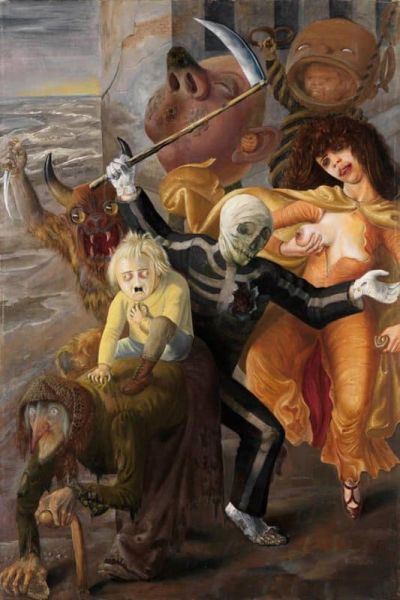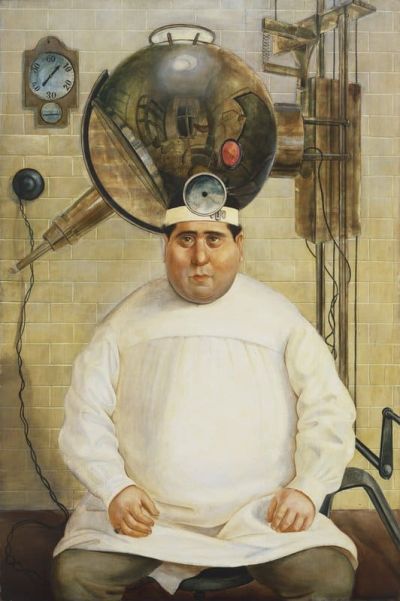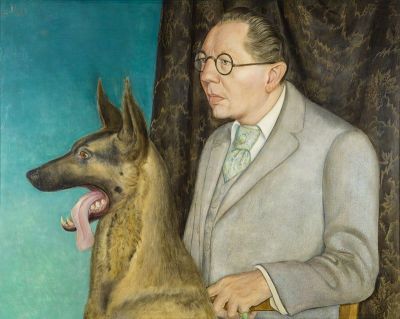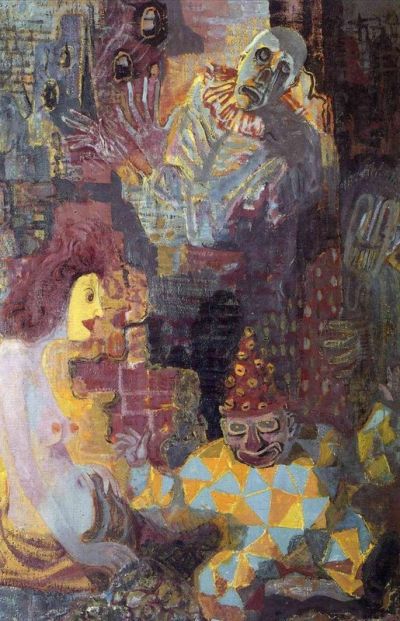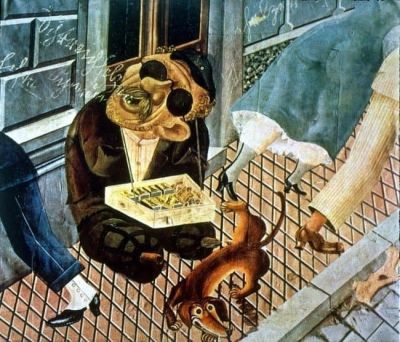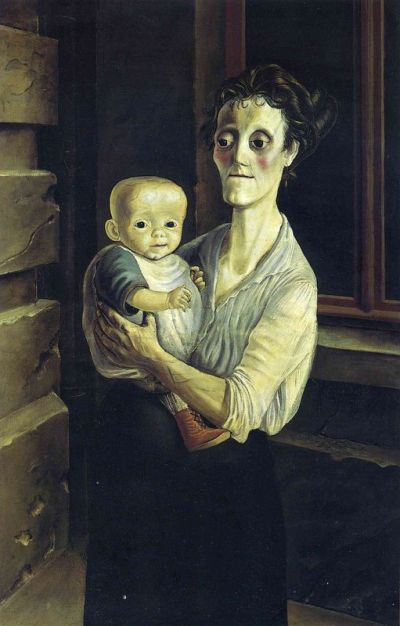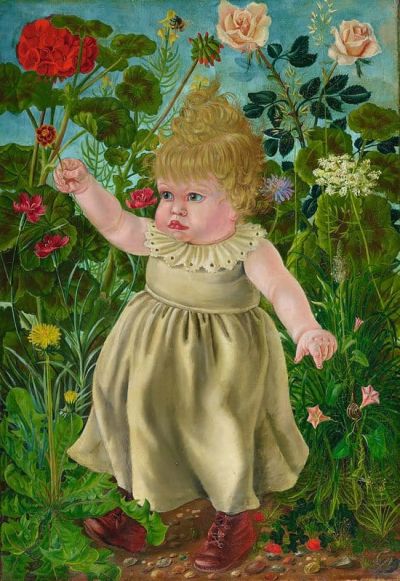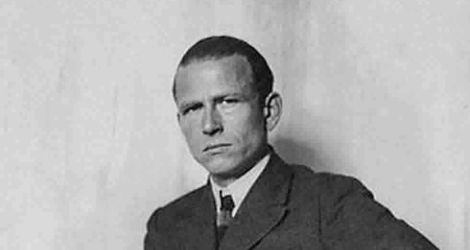
“I had the feeling that there was a dimension of reality that had not been dealt with in art: the dimension of ugliness.”
Otto Dix
The life of Otto Dix
Otto Dix was possibly more important than any other German painter in influencing popular perceptions of the 1920s Weimar Republic. His works are important components of the Neue Sachlichkeit ("New Objectivity") movement, which drew George Grosz and Max Beckmann in the mid-1920s. His first significant themes were handicapped soldiers, but at the height of his career, he also painted nudes, prostitutes, and frequently ruthlessly satirical pictures of luminaries from Germany's intellectual circles. In the early 1930s, his work became darker and more metaphorical, and he became a Nazi target. As a result, he eventually shifted away from societal issues, focusing on landscape and Christian themes, and earned tremendous success in his latter years after serving in the army during WWII.
Otto Dix is a ruthless satire in modern painting. After many painters abandoned portraiture in favor of abstraction in the 1910s, Dix returned to the genre, injecting harsh caricatures into his portraits of some of Germany's brightest lights. His other narrative subjects are famed for their condemnation of modern-day corruption and immorality.
Otto Dix was first lured to Expressionism and Dada, but in the 1920s, he was motivated by developments in Italy and France to embrace a cold, linear manner of drawing and more realistic imagery. Later, his style got more weird and metaphorical, and he began to show naked people as witches or personifications of sorrow.
Dix's propensity toward realism was always tempered by an equal leaning toward the bizarre and metaphorical. His depictions of prostitutes and maimed war veterans, for example, serve as symbols of a society that has been physically and morally destroyed.
Although Dix's art is well known for its sharp-eyed depiction of the human figure, his early obsession with injured veterans, as well as his use of caricature, imply that he was uncomfortable with glorifying the human body - and the triumphant human spirit - in his paintings.
